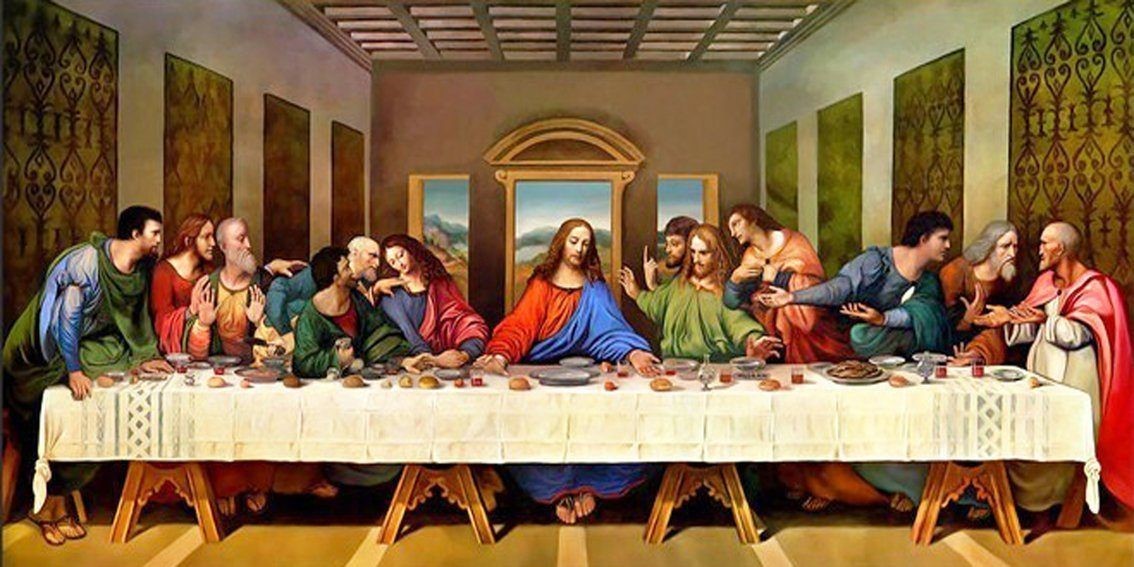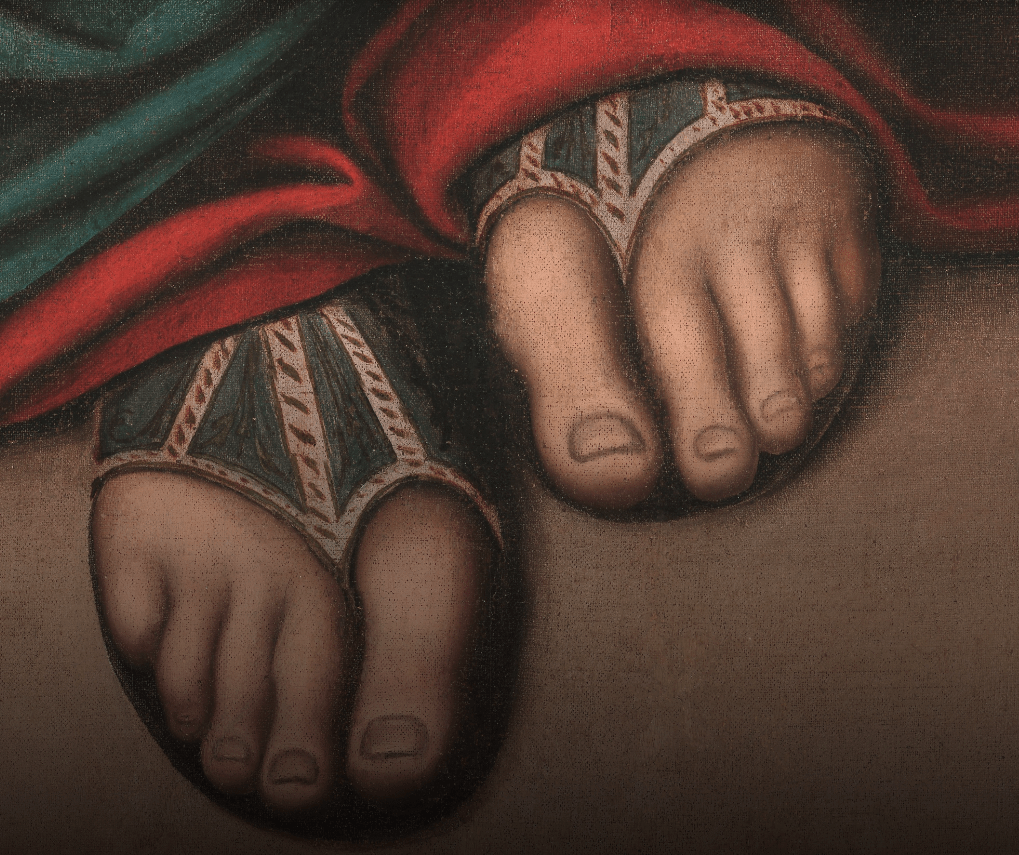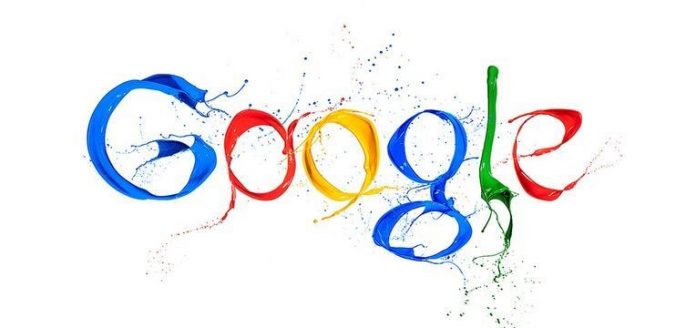Royal Academy of Arts in London joins Google Arts and Culture partners. This is the platform on which the tech giant lays out digitized versions of the world’s most famous works of art. Now more than 250 exhibits from the collection of the institution are available for digital research at Google. These are the works of such artists as William Turner, Thomas Gainsborough, and others. But one of them stands out among the others. The Royal Academy of Arts in London, along with Google, digitized in ultra high resolution a copy of Leonardo da Vinci’s Last Supper.
This eight-meter painting is a copy of the Last Supper by Leonardo da Vinci. It depicts a part of the Bible where Jesus announces that one of his 12 faithful supporters (apostles) will betray him before sunrise. The Royal Academy acquired the copy in 1821 for 600 guineas. At that time, it was the costliest piece of art in their collection.

This copy was made by an Italian artist who was a student of da Vinci, Giampetrino. It was probably painted shortly after the completion of Leonardo’s masterpiece or even while working on it. Da Vinci’s work was done by tempera and oil on the wall. Then it was an unknown technique. The copy was made with oil paints on canvas. The original is in the convent of Santa Maria Delle Grazie in Milan. As a result, the copy was better preserved. Now scientists consider the painting of Giampetrino the closest to the original.

Now you can explore literally every inch of the Last Supper. Use Google augmented reality tool. And you will see in the picture those details that did not stand the test of time on the original mural by Leonardo. In particular, you can see the feet of Jesus, which disappeared from the original after a door was built into the wall with the masterpiece. Also, you can see the salt that Judas sprinkled.
Among the other well-known works from the Institute’s collection, digitized by Google, there’s John Constable’s Leaping Horse (1825), Allegory of Color, written in 1778-1780 by Angelica Kaufman, and numerous works by the artists of the XVIII century and the first president of the Academy Joshua Reynolds.

























